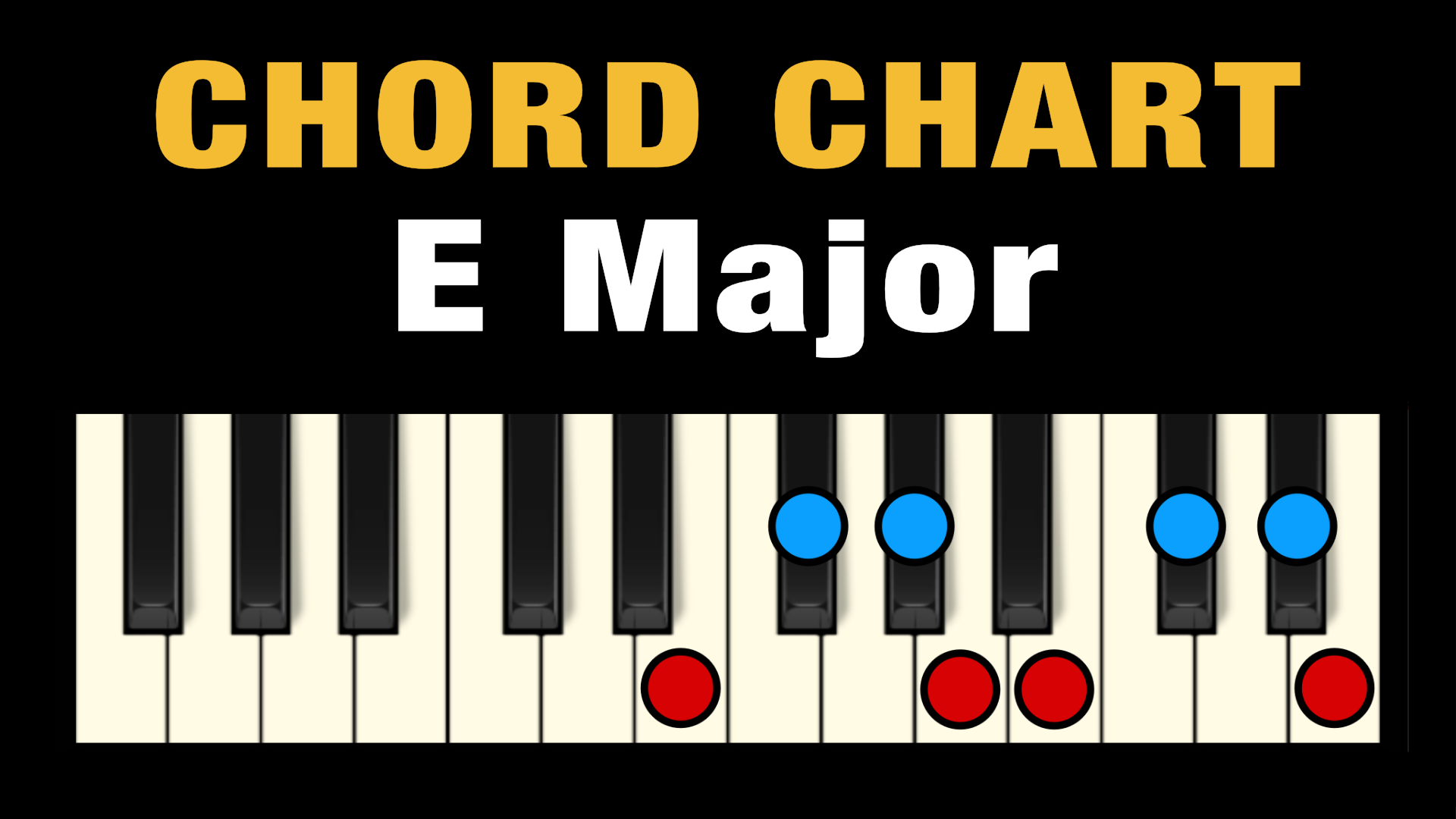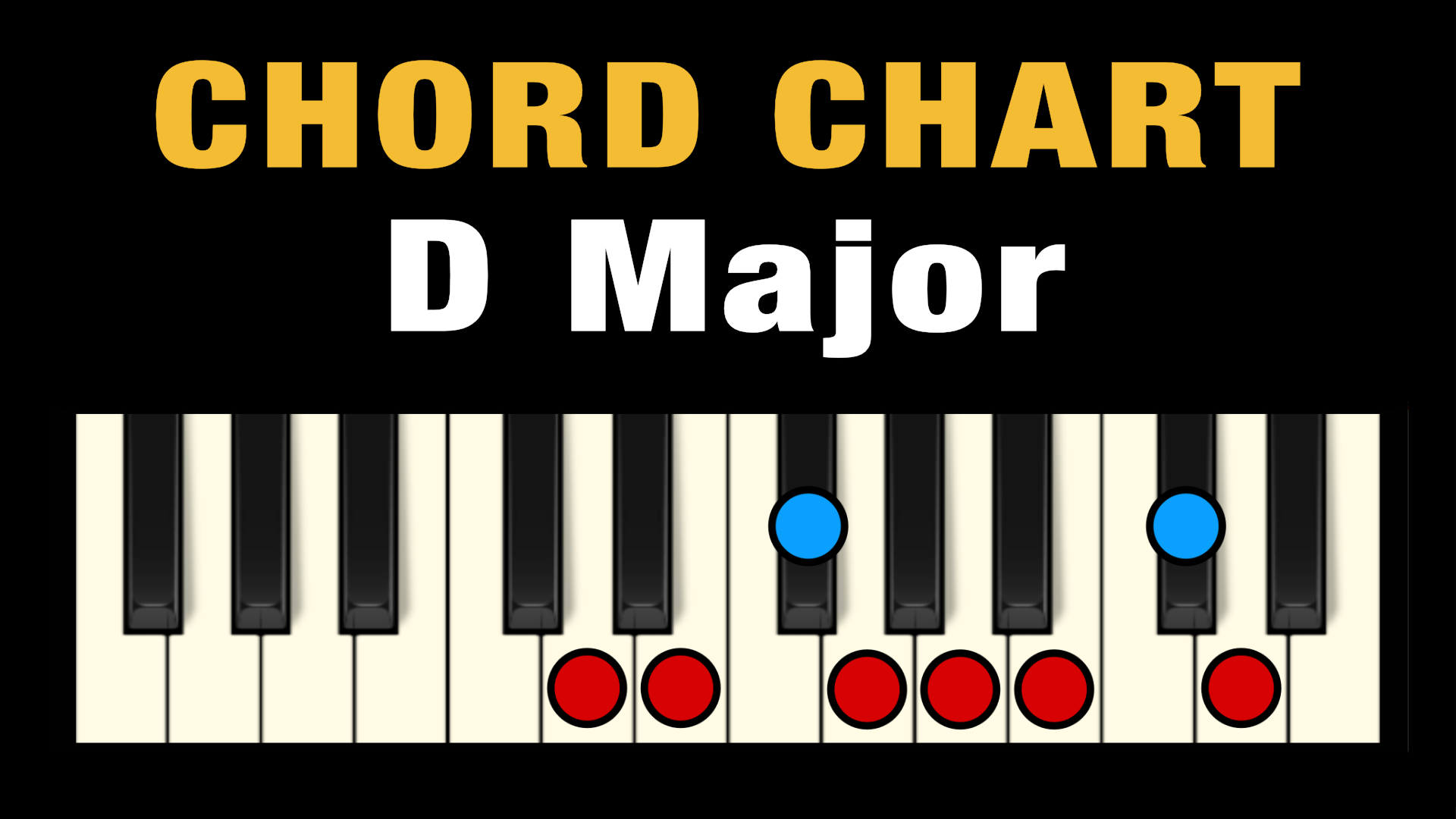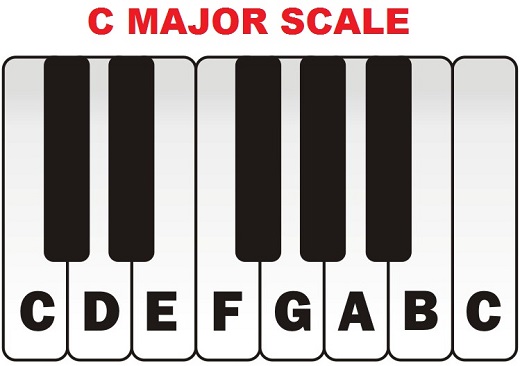B Minor is a popular piano chord and note which can be used in a variety of musical styles, from classical to popular. The B Minor chord is composed of three notes: B, D and F sharp. The notes of the B Minor chord can be used in a variety of ways, including as part of a melody, accompaniment or even as a stand-alone chord. The B Minor chord can also be used to create interesting harmonies and progressions. The B Minor chord is a great way to explore the possibilities of the piano and create interesting music.
How to Play the B Minor Chord on the Piano: A Beginner’s Guide
Playing the B Minor Chord on the piano is an essential skill for any musician, especially beginners. This beginner’s guide will provide you with the necessary information to help you master the B Minor Chord.
The B Minor Chord is a triad chord, which means it is made up of three notes – B, D, and F#. To play the B Minor Chord on the piano, you will need to press down the white keys in the following order: B (the leftmost key of the three), D (the middle key), and F# (the rightmost key).
When playing the B Minor Chord, it’s important to keep your fingers slightly curved so that you don’t press multiple keys at once. You should also make sure that your hands are parallel to the piano keys and that you press with your fingertips.
Once you have mastered the finger position, you can begin to practice the chord. Start by playing the B Minor Chord slowly, repeating it several times until you feel comfortable and your fingers become more familiar with the notes. Then, gradually increase the tempo until you can play the chord at the desired speed.
You can also practice the B Minor Chord in different keys by substituting the B, D, and F# notes with other notes. For example, you can try playing the B Minor Chord with C, E, and G#. This will help you become more familiar with the chord and give you a better understanding of music theory.
By following these simple steps, you will be able to play the B Minor Chord with confidence and ease. With some practice, you will soon be able to incorporate the B Minor Chord into your repertoire.
Unlocking the Secrets of B Minor Chords: Advanced Techniques for Piano Players
Learning to play the piano can be a daunting and rewarding journey. One of the most popular and versatile chords in the piano repertoire is the B Minor chord. Mastering this chord can unlock a world of musical possibilities, allowing you to create complex progressions and vibrant melodies. This article will provide advanced techniques for utilizing B Minor chords on the piano.
The first step in understanding B Minor chords is to know what notes are included in the chord. The notes of the B Minor chord are B, D, and F#. This combination of notes creates a unique sound that is often used to evoke a sense of sadness or longing. To play a B Minor chord on the piano, use your left hand to play the B note on the bottom, and your right hand to play the D and F#.
When playing a B Minor chord, it’s important to focus on the balance between the notes. The B Minor chord should be played with a light touch, to ensure that the notes don’t overpower each other. It’s also important to ensure that the notes are played at the same volume. This will create a harmonious sound that will sound great in any piece of music.
Another advanced technique for utilizing B Minor chords is to use them to create interesting progressions. By adding other chords to the B Minor chord, you can create intricate progressions that will add depth and complexity to your music. For example, you can use a B Minor chord followed by an F Major chord to create a more upbeat progression. Experimenting with different combinations of chords will help you find the right combination for your music.
Finally, it’s important to practice playing B Minor chords regularly. Learning to play the piano takes time and dedication, so make sure to practice these chords every day. It’s also a good idea to listen to some recordings of songs featuring B Minor chords, so you can get a better sense of how to use them in your own pieces.
By following these tips and practicing regularly, you can unlock the secrets of B Minor chords and become a more proficient piano player. With a little bit of patience and dedication, you can create beautiful music using these versatile chords.
Exploring the Rich Harmonic Tones of B Minor: A Guide for Piano Players
Piano players of all levels of experience can explore the rich harmonic tones of B Minor with this guide. B Minor is a unique and harmonically rich key that offers a wide range of possibilities for musical expression. Understanding the structure and nature of B Minor can help a piano player create beautiful and engaging music.
The first step in understanding B Minor is to understand the notes in the key. B Minor is a natural minor key, meaning it contains seven notes: B, C♯, D, E, F♯, G, and A. While these notes may seem simple, they can create a range of musical possibilities.
The next step is to understand the chords in the key of B Minor. The chords used in B Minor are B Minor, C♯ Minor, D Major, E Minor, F♯ Minor, G Major, and A Major. Each of these chords offers a unique sound that can be used in creative ways.
In addition to understanding the chords of B Minor, it is also important to understand the scales of the key. B Minor has two scales: the natural minor scale and the harmonic minor scale. The natural minor scale is built off of the notes of the key, while the harmonic minor scale is built off of the notes of the key and includes a raised seventh note.
Finally, it is important to consider the various chord progressions available in B Minor. The most popular chord progressions in B Minor are the I-iv-V-I and the ii-V-I. Both of these progressions create interesting harmonic sounds and can be used to create beautiful melodies.
By understanding the notes, chords, scales, and chord progressions of B Minor, piano players can explore the rich harmonic tones of the key. With practice and dedication, anyone can create beautiful and engaging music in B Minor.
From Blues to Jazz: How to Use B Minor Chords in Different Genres
B Minor chords can be used to great effect in a variety of musical genres, from Blues to Jazz. This article will explore the different applications of B Minor chords and how they can be used to create unique sounds in different musical styles.
The B Minor chord is one of the most commonly used chords in Blues music. It is used to create a dark, emotional atmosphere, usually in a minor key. When used in a solo, a B Minor chord can create a tension that builds up to a dramatic climax. It can also be used to create a haunting sound when played in the background.
In Jazz, the B Minor chord is often used to create harmonic interest and tension. While it is not always featured as the focus of a solo, it can be used to create a unique sound. It can be used in improvisations to build up to a climactic resolution. Jazz musicians often use the B Minor chord in combination with other chords, such as the A Major or C Major. This creates unique harmonic progressions that can be used to create a unique sound.
When used in Pop music, the B Minor chord adds a bit of sophistication and complexity to songs. It can be used to create an interesting bridge or chorus, or it can be used as a subtle background chord. It can also be used to create a dramatic buildup to a climactic ending.
The B Minor chord can be used to create a variety of sounds in different musical genres. It can be used to create dark and emotional atmospheres in Blues, harmonic tension in Jazz, or a subtle sophistication in Pop music. When used correctly, it can add a unique flavor to any song.
Creative Ways to Spice Up Your Piano Playing with B Minor Chords
1. Try a B Minor 9th Chord: This chord is constructed by adding a ninth note to the B Minor chord. This can add a lot of depth and complexity to your playing.
2. Use a B Minor 6/9 Chord: This chord is constructed by adding both a sixth and a ninth note to the B Minor chord. This combination of notes can add a sophisticated sound to your piano playing.
3. Experiment with B Minor 7th Chords: Try adding a seventh note to your B Minor chord. This will give your music a more complex and interesting sound.
4. Incorporate B Minor 11th Chords: Adding an eleventh note to your B Minor chord will create a unique, jazzy sound.
5. Play a B Minor 13th Chord: This chord is constructed by adding a thirteenth note to the B Minor chord. This can create a powerful, interesting sound.
6. Combine B Minor Chords with Other Chords: Try combining B Minor chords with other chords such as C Major, A Minor, or G Major. This will allow you to create more interesting and complex pieces of music.
By experimenting with these chords, you can add a new level of complexity and sophistication to your piano playing. Try incorporating these chords into your practice sessions and see how they can transform your music.
Using B Minor Chords in Improvisation: Tips for Piano Players
Piano players often use minor chords in improvisation to add dramatic emotion and tension to their pieces. While there is no single correct way to approach improvisation, understanding the basics of minor chords can help you make the most of them in your own music. Here are some tips for using B minor chords in improvisation on the piano.
First, it is important to understand the structure of the B minor chord. A B minor chord consists of B, D, and F notes, which are all part of the B minor scale. This chord can be played in different inversions, or with different notes in the bass, depending on the desired effect.
When improvising, try to use the notes of the B minor scale to create interesting melodies. For example, you can use the B, D, and F notes as a starting point and then explore the other notes in the scale. This will help you create unique melodic phrases that are based on the B minor chord.
Experiment with different rhythmic patterns when playing the B minor chord. For a more intense sound, try playing the chord on the downbeat of the bar. Or, for a more subtle effect, try playing the chord on the upbeats. You can also try playing the chord in a staccato or legato style.
Finally, try combining the B minor chord with other chords in the key. For example, you can use the B minor chord as a passing chord between a C major and D major chord. This will add a bit more complexity to your improvisations.
By using these tips, you can make the most of the B minor chord in your improvisations. With practice and experimentation, you will be able to create unique musical phrases that are based on the B minor chord.
Conclusion
B Minor Piano Chords and Notes offer a unique and beautiful sound that can be used to create a range of different moods and emotions. By understanding the fundamentals of the chords and notes, musicians can create a range of melodies and progressions that can be used to bring their music to life. With practice, musicians can gain a greater understanding of B Minor Piano Chords and Notes and how they can be used to create beautiful and meaningful music.
Since 2005, Singersroom has been the voice of R&B around the world. Connect with us via social media below.








